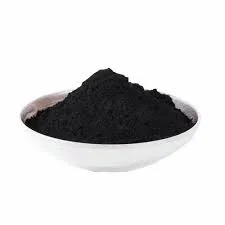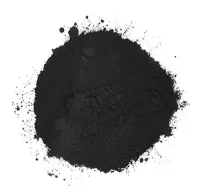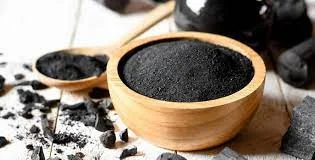Chemical spills can have devastating effects on the environment and human health. Prompt and effective cleanup is crucial to minimize the impact of such incidents. One powerful tool in the arsenal of spill response teams is activated carbon powder. In this article, we will explore the role of activated carbon powder in chemical spill cleanup, its properties, and how it works to mitigate the harmful effects of spills.
I. Understanding Activated Carbon Powder
Activated carbon powder, also known as activated charcoal, is a highly porous form of carbon that has undergone a process called activation. This process involves heating carbonaceous materials, such as coconut shells or wood, at high temperatures in the absence of oxygen. The resulting activated carbon powder has a vast network of pores and a large surface area, giving it exceptional adsorption properties.

II. Adsorption Mechanism of Activated Carbon Powder
Activated carbon powder works through the process of adsorption, where contaminants adhere to its surface. The high surface area and intricate pore structure of activated carbon powder provide numerous sites for molecules to bind to. This adsorption mechanism allows the powder to effectively capture and remove a wide range of pollutants from the environment.
III. Selecting the Right Activated Carbon Powder for Spill Cleanup
Choosing the appropriate type of activated carbon powder is crucial for effective spill cleanup. Factors to consider include the specific chemical involved in the spill, the concentration of the contaminant, and the desired adsorption capacity. Different types of activated carbon powder have varying properties, such as pore size distribution and surface chemistry, which can influence their adsorption capabilities.
IV. Application of Activated Carbon Powder in Chemical Spill Cleanup
Activated carbon powder is utilized in various ways during chemical spill cleanup:
1. Containment and removal of spilled chemicals:
- Activated carbon powder can be spread over the spill area to create a physical barrier, preventing the spread of the contaminant.
- It can also be used to absorb and encapsulate the spilled chemical, facilitating its removal from the environment.
2. Absorption of volatile organic compounds (VOCs):
- VOCs are often released during chemical spills and can pose significant health risks. Activated carbon powder can effectively adsorb these volatile compounds, reducing their concentration in the air.
3. Neutralization of hazardous substances:
- Some activated carbon powders are impregnated with chemicals that can react with specific hazardous substances, neutralizing them and rendering them less harmful.
V. Case Studies: Successful Cleanup Efforts Utilizing Activated Carbon Powder
Numerous real-world examples demonstrate the effectiveness of activated carbon powder in chemical spill cleanup. In one case, activated carbon powder was used to contain and remove a large-scale oil spill, preventing further contamination of water bodies. In another instance, activated carbon powder effectively adsorbed and neutralized toxic gases released during an industrial chemical spill, protecting nearby communities.

VI. Safety Considerations and Disposal of Used Activated Carbon Powder
When working with activated carbon powder, it is essential to follow safety protocols and wear appropriate personal protective equipment (PPE). Spent activated carbon powder, contaminated with adsorbed chemicals, must be handled and disposed of properly to prevent further environmental contamination. Disposal methods may vary depending on local regulations and the nature of the adsorbed substances.
VII. Future Developments and Innovations in Activated Carbon Powder Cleanup
Ongoing research and technological advancements continue to improve the effectiveness and sustainability of activated carbon powder in chemical spill cleanup. Innovations include the development of tailored activated carbon powders with enhanced adsorption capabilities for specific contaminants. Additionally, efforts are being made to explore the regeneration and reusability of spent activated carbon powder, reducing waste and improving cost-effectiveness.

Conclusion
Activated carbon powder plays a vital role in chemical spill cleanup, offering an effective and versatile solution for containing, absorbing, and neutralizing hazardous substances. Its unique adsorption properties and wide range of applications make it an invaluable tool for spill response teams. As technology continues to advance, we can expect further innovations in the field of activated carbon powder cleanup, leading to more efficient and sustainable solutions for mitigating the environmental and health risks associated with chemical spills.
